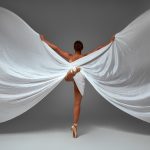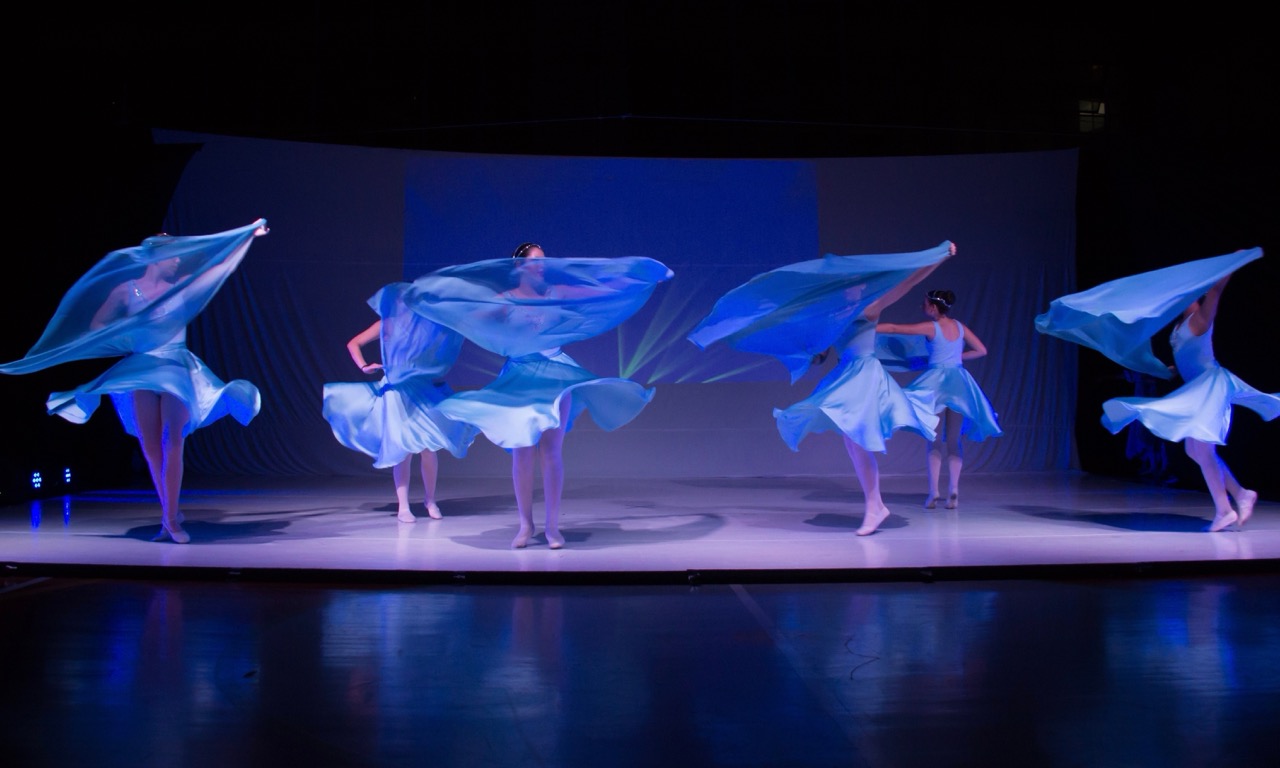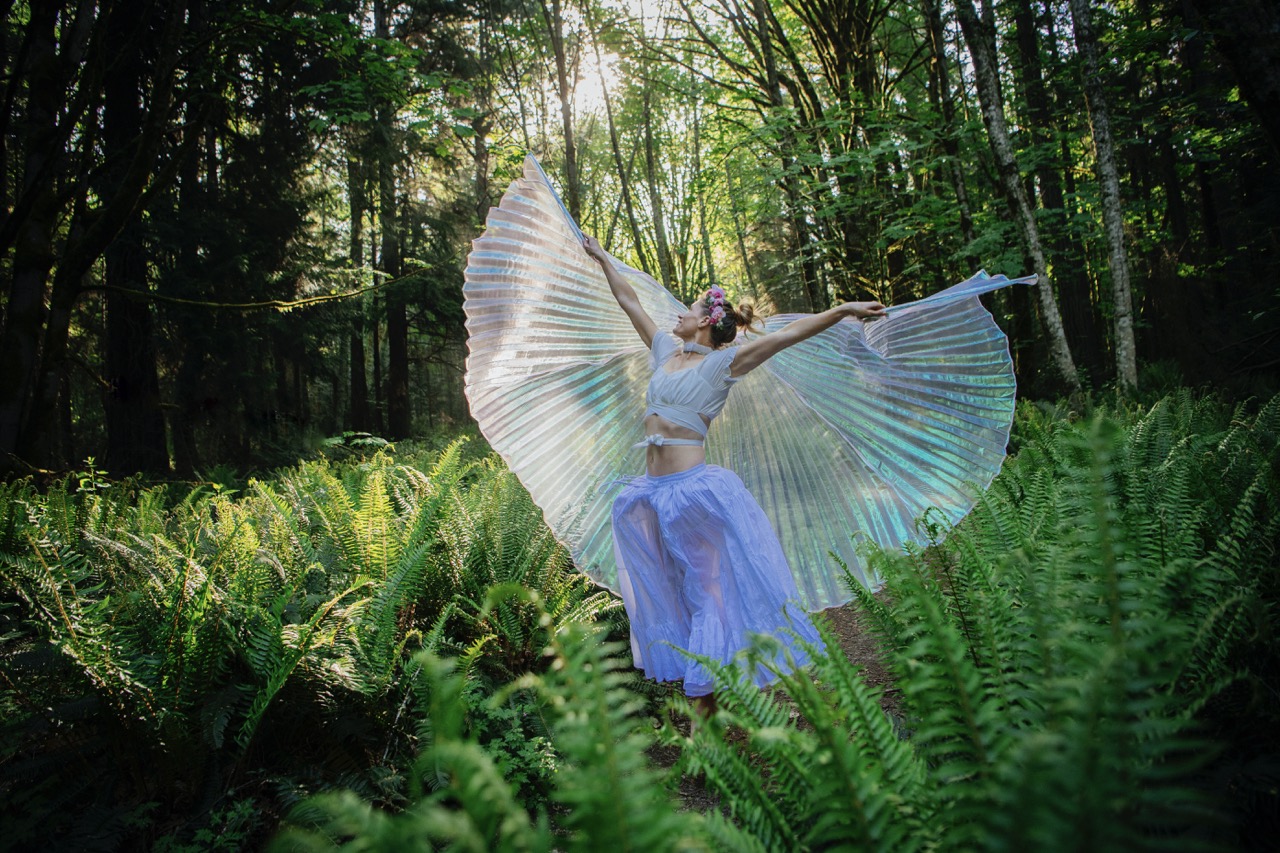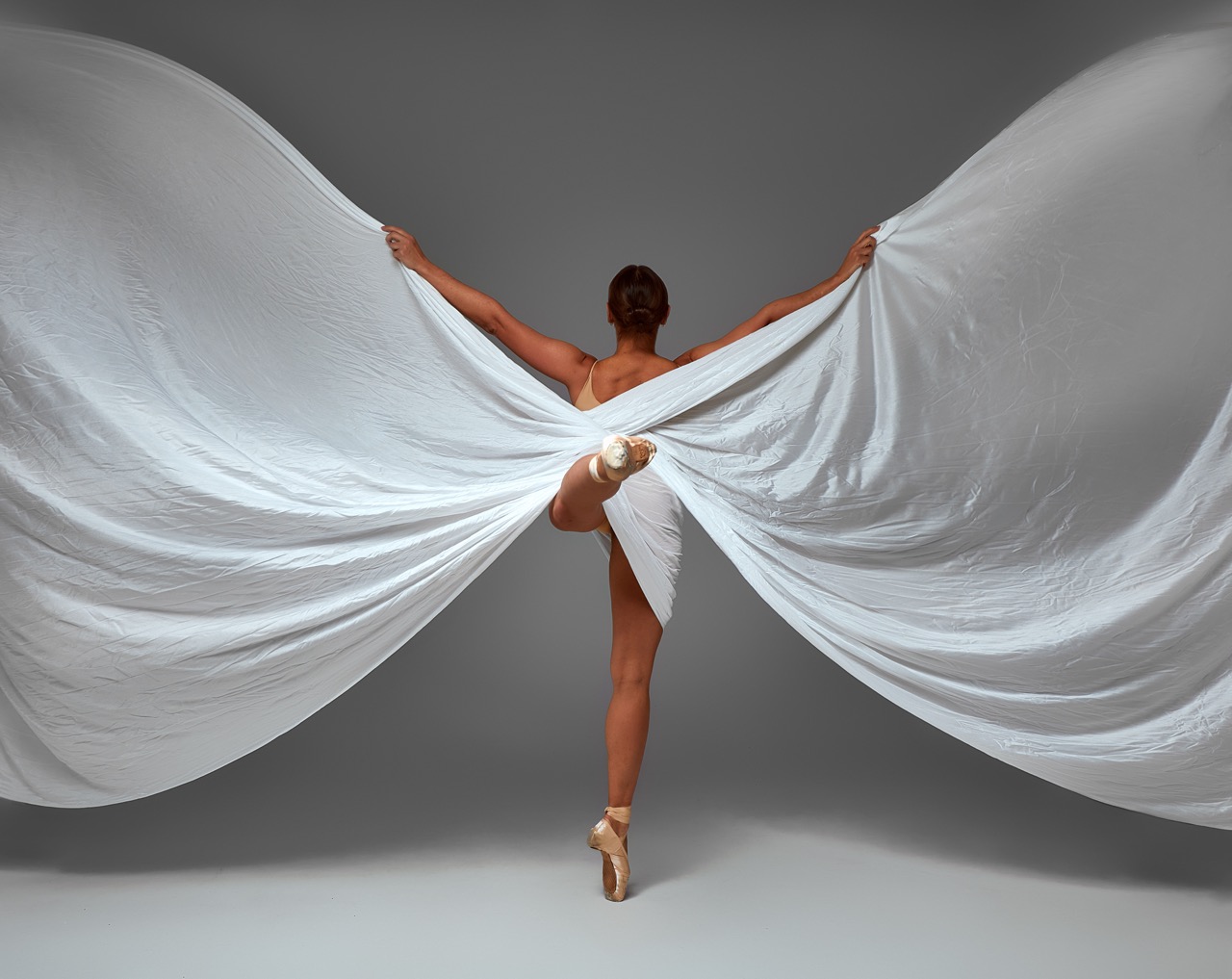In the ever-evolving realm of performing arts, the fusion of technology and creativity opens new avenues for expression. One such captivating blend is the integration of holographic effects into dance wing performances. This innovative approach not only amplifies the visual spectacle of dance but also adds layers of storytelling and emotional resonance. As artists and technologists collaborate to push the boundaries of traditional dance, holography emerges as a transformative tool that captivates audiences and redefines what is possible on stage.
Enhancing Movement: The Art of Holography in Dance Wings
The incorporation of holographic effects into dance wings reimagines the very fabric of movement. Dancers adorned with holographic wings find themselves in an ethereal ballet where reality and illusion converge. The shimmering visuals generated by holograms create an enchanting backdrop that augments the physicality of the performers, allowing their movements to transcend the limitations of the stage. Each twist, turn, and leap takes on new significance as holograms respond dynamically to the dancers’ choreography, creating a seamless interplay between the real and the imagined.
Moreover, these holographic elements can be tailored to enhance specific themes or emotions. For instance, a performance centered on nature could incorporate holographic butterflies fluttering alongside the dancers, evoking a sense of harmony and connection with the environment. This synergy between the dancers and holographic visuals not only captivates the audience’s attention but also deepens their emotional engagement. Viewers are not merely spectators; they become part of a multi-dimensional experience where the boundaries of reality blur beautifully.
In essence, the art of holography in dance wings transforms the stage into a canvas where movements tell stories beyond the physical realm. As dancers glide through space, the holographic effects serve as silent partners that illuminate their artistry, adding depth and nuance to every performance. This synergy between movement and technology not only enhances the overall aesthetic but also invites audiences to a new way of experiencing dance.
Transformative Technology: Holograms Elevating Dance Performances
The rise of holographic technology has ushered in a new era for dance performances. As dancers embrace these innovative tools, the potential for creativity expands exponentially. Holograms enable choreographers to visualize complex narratives that were once constrained by physical limitations. With the ability to project 3D images and animations, choreographers can effectively create immersive environments that transport audiences to alternative worlds, enriching the storytelling aspect of their performances.
One of the standout features of holograms is their capacity for interactivity. As dancers engage with the holographic content, they can influence the visuals in real time. This interactive dimension adds a layer of spontaneity to performances, as the dancers become co-creators of the visual spectacle. Audiences are left in awe, witnessing a harmonious dialogue between the performers and the holographic projections that enhances the emotional depth of the narrative.
Furthermore, the practical applications of holographic technology extend beyond aesthetics. It offers choreographers and dancers new tools for training and rehearsal. By simulating different environments and scenarios through holograms, performers can experiment with their movements and refine their choreography in innovative ways. This transformative technology not only elevates the art of dance but also fosters a collaborative spirit among artists and technologists, creating a vibrant ecosystem for creativity.
Choreography Meets Innovation: Crafting Holographic Narratives
As dance evolves, so too does the choreography that accompanies it. The integration of holography enables choreographers to craft intricate narratives that blend traditional storytelling techniques with futuristic elements. This innovative approach encourages artists to think outside the box, allowing them to explore themes that resonate with contemporary audiences while also pushing the boundaries of their artistic expression. Holograms provide a canvas for choreographers to weave together narratives that capture the imagination and provoke thought.
The dynamic nature of holographic visuals allows for the creation of layered narratives. Choreographers can design sequences that involve both physical and digital storytelling, with dancers embodying characters while holographic elements depict their inner thoughts or surroundings. This multi-faceted approach to storytelling invites audiences to engage on multiple levels, as they interpret both the physical movements and the holographic imagery displayed before them. The result is a rich tapestry of artistry that resonates with viewers long after the performance has concluded.
Crafting these holographic narratives requires a deep collaboration between choreographers, dancers, and technologists. Workshops and creative processes now extend beyond the studio, involving discussions on how best to integrate holographic effects into choreography. This collaboration fosters a unique environment where experimentation is encouraged, and the synthesis of dance and technology becomes an art form in itself. The potential for diverse narratives is limitless, as artists continue to explore the possibilities inherent in this exciting intersection of creativity and innovation.
The Future of Dance: Merging Holography with Live Performance
The future of dance is undeniably bright as it embarks on a journey of merging holography with live performance. As technology continues to evolve, dancers, choreographers, and technologists are poised to create ever more sophisticated experiences that captivate audiences worldwide. This fusion not only enhances the aesthetic appeal of performances but also opens up new avenues for storytelling and audience engagement. The dance stage of tomorrow will be a vibrant tapestry of movement and technology, inviting viewers to partake in an experience that transcends the ordinary.
One of the most exciting prospects of this integration is the potential for global performances that reach audiences far and wide. Holographic technology can facilitate live-streamed performances with holograms viewed in various locations, offering a unique opportunity for collaboration across borders. Dancers from different parts of the world can perform together, creating a shared experience that breaks down geographical barriers. This democratization of art allows for diverse voices and stories to be showcased, enriching the global dance community.
As we look ahead, the intersection of holography and live performance holds the promise of continued innovation. With advancements in technology and an increasing acceptance of digital artistry in the performing arts, the possibilities are endless. The future of dance will not only embrace holographic effects but will also redefine how art is created, experienced, and appreciated. In this new landscape, dance will evolve into a multi-dimensional experience that captivates the senses and inspires the imagination, inviting everyone to step into a world where art and technology harmoniously coexist.
Integrating holographic effects into dance wing performances represents a paradigm shift in the artistic landscape. It enhances movement, elevates performances, and allows for the creation of intricate narratives that resonate deeply with audiences. As this innovative fusion continues to evolve, it promises a future where dance transcends physical boundaries, becoming a multi-faceted experience that merges the tangible with the digital. By embracing technology, artists are not merely adapting to the changing landscape; they are redefining the very essence of dance, making it an exciting time for performers and audiences alike.










